Is it possible to plant winter garlic in spring as spring garlic and how to do it?
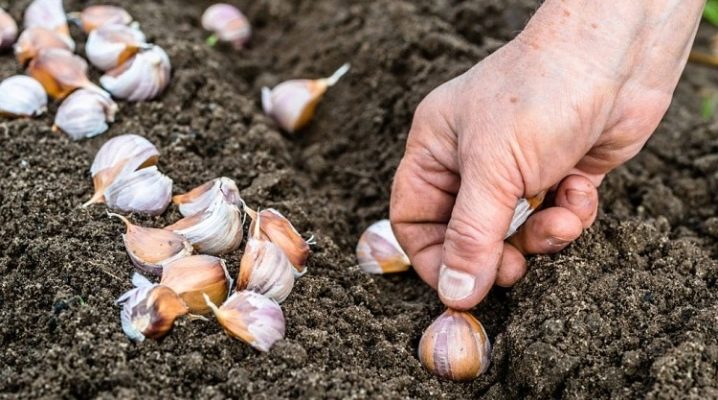
There are winter and spring garlic, and the difference between the two types lies in the timing of planting. Winter crops are traditionally planted in autumn, and spring crops are planted in spring, usually in late April or early May. But it happens that the owner of the site wants (or is forced) to go on an experiment and plant winter garlic in the spring.

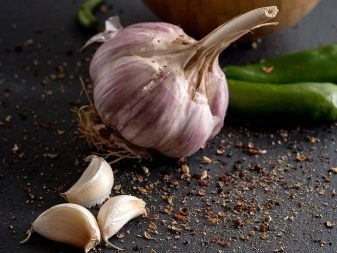
What happens if you plant winter garlic in spring?
Spring (or summer) garlic is much more suited for spring planting. It will not release the arrow, will not form the so-called bulbs, it multiplies by the teeth of the head. So, in one head there will be up to 30 cloves (and in winter there are less than 10 of them). And even the localization of the cloves in the two types of garlic is different: in the spring garlic they go in a spiral manner, and in the winter garlic - in a "round dance" around the core. But the main thing that distinguishes spring garlic is its keeping quality: it can be stored for a long time and well. And yet, planting winter garlic in the spring is also possible. It happens that a vegetable planted for the winter has not risen (or its shoots are so-so), and then winter varieties are planted in early spring. But you need to wait until the ground warms up, at least to +5 degrees.
Why spring planting can be successful:
- garlic planted in spring is stored for a long time;
- it is more resistant to diseases and pathogens;
- the germination capacity of such specimens is also better, because they need to be sown in warm ground, frosts are not terrible.
But the disadvantages include the fact that the taste of the cloves is not so bright, the yield may be lower than when planting for the winter. And spring is an active time for gardeners, there is so much trouble, and then there is garlic.
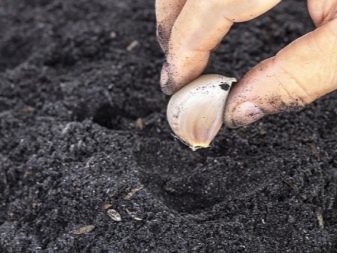
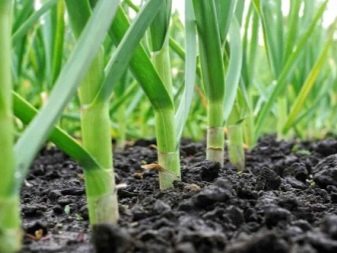
Timing
And here it is especially important not to be mistaken. For example, if the planting is delayed, the crop may not ripen. For the northern regions, meeting the deadlines is especially important. But if you plant, on the contrary, earlier, the planting material will freeze. In the southern regions, planting is planned for the end of March, the first week of April. In the middle lane, garlic is planted from mid-April to the first days of May, in the northern regions - in May. The timing can also be affected by the weather, which is different every year.
The optimum temperature for the garlic to take root and grow safely is + 10-15 degrees (for the initial growing season), + 15-20 (the stage of clove formation), + 20-25 (ripening). By the way, you can briefly move the landing if the ground is still wet. Let the soil dry out. Due to excess moisture, dangerous putrefactive processes can begin.

Preparing for landing
And this is the most difficult thing in general about planting winter garlic, because it affects several important aspects at once.
Required tools
There is a tool that will make manual planting a breeze. It is called "marker". And it is necessary in order to accurately mark and prepare the holes, into which the cloves of garlic will fall. The tool itself is a plank and teeth nailed to it. A large marker may also have a handle. The markers themselves come in metal and wood. They are bought at retail outlets for gardeners or made by hand. They are acicular, serrated and slatted. The inventory differs in size and the very principle of creating holes. If the bed is small, you can get by with a needle marker. If the territory is larger, you will need a jagged one.
And besides this special tool, most likely, you will still need a rake, hoe, buckets, a bayonet shovel, a pitchfork, a hand flat cutter and a watering can for planting garlic.
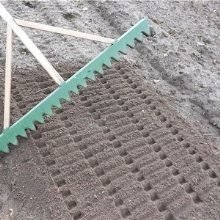
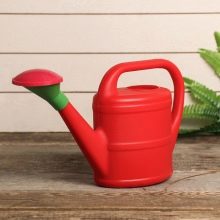
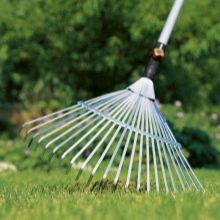
The soil
Open and elevated places in the garden with good natural light are more suitable for planting. The vegetable grows well in loose, fertile soil with neutral acidity. It is better if it is loamy or sandy loam soil. The culture does not at all like acidic soils, places where groundwater is high, as well as areas in the shade with poor ventilation. If you remember the rules of crop rotation, there are conditions here. The best precursors for garlic are cucumbers, pumpkins, squash, melons, watermelons. And it's also good if cruciferous plants grew before garlic: cabbage and radish, turnip and radish, rucola, watercress and spinach. The worst variant of the predecessors will be cereals and green manure: mustard, rye, lupine (annual).
It's not bad if cucumbers, strawberries, raspberries, gooseberries, black currants grow next to the garlic. It is also good if gladioli and roses are located nearby. But cabbage and legumes promise an unfortunate neighborhood, because garlic will inhibit the growth of these crops. In the garden where potatoes, carrots, tomatoes and all types of onions were grown last season, it is better not to plant garlic. And if you do this, then not earlier than in 4 years. It is better to prepare the garden in the fall. The place needs to be cleared of weeds and plant debris, dig up the ground to a depth of 25 cm. For each square, 5 kg of humus (or so) must be added, you can replace it with compost or rotted manure.
You can also add 200 g of ash and a tablespoon of mineral fertilizer there. In the spring, before planting, the soil will need to be thoroughly loosened again.

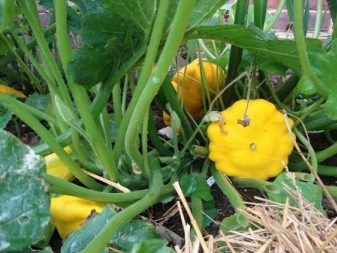
Planting material
Preparing planting material is, if not a quest, then a multi-stage process. And it looks like this.
- Vernalization. The largest, elastic, healthy-looking heads are sent to the refrigerator, on the lower shelf, a month and a half before planting. You can just dig them into the snow. All this is needed to stimulate vegetation. And the day before planting, the heads should be in a warm place again.
- Calibration. The bulbs must be peeled and disassembled into cloves. The latter cannot be peeled from the shell. Then the bulbs are sorted by size. Usually large or medium-sized, which are located in the two extreme rows, are suitable for landing. And if you take small internal teeth, weak plants will grow from them. It is better to select them for greens or simply use them as protection against pests for other crops.
- Selection. The sorted specimens are carefully examined, the sick and sluggish are selected. Deformed, wrinkled - also to the side. Doubles also need to be removed, because this is a sign of degeneration in fact.
- Disinfection. This is done to prevent the development of diseases typical of garlic. The selected material is soaked for several hours in a weak manganese solution (a 1% solution of copper sulfate can also be used). For a couple of hours, the teeth can be soaked in a decoction of tree resin.
- Growth stimulation. The cloves must be soaked for 24 hours in a growth stimulator. You can use Kornevin, Epin, Zircon, or a homemade nutritional formula. Then the cloves will have to be thoroughly dried in a place that is normally ventilated.
Spring garlic does not require prior germination. This is only necessary if winter varieties are used in the spring - just in the described case. The cloves must be wrapped in a damp cloth, sent in a plastic bag and left at room temperature for a couple of days. And as soon as sprouts appear, the cloves can be planted in the ground. But it is better not to "get involved" with bare garlic cloves. If they are not wearing a so-called shirt, this is either a symptom of a disease, or even nematode parasites. Therefore, there is no need for extra risk.
And it is better to select varieties for planting that are zoned, which are recommended for certain regions, have good characteristics and recommendations. They are more likely to adapt well in the garden and produce the expected yield.

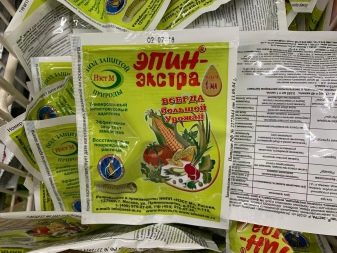
How to plant correctly?
The teeth can be planted in an ordinary way according to two types of patterns: in several lines and in two lines. If planted in two lines, the distance between them will be 20 cm or slightly less. Between the teeth in a row - 5–6 cm. But it is also important which varieties are planted. If large-fruited, there will be a distance of 30 cm between the lines, and 10 cm between the teeth. If you thicken the sowing in the open field, the heads will grow small. And if the planting material is deepened too deep, the ripening period will be delayed. There should be about 50 cloves per square meter in this way. In the step-by-step instructions for planting garlic, there will definitely be such preliminary stages as moistening, loosening and leveling the soil. This is where it all starts.
Then the process looks like this:
- form grooves, be sure to powder them with wood ash (this is excellent nutrition and protection from pests);
- send the cloves into the ground with the bottom down, sprinkle with soil and slap a little (without effort) with your palm - this is how the fixation looks;
- it is good if the beds on top are mulched with dry grass, tree bark, needles or sawdust.
And a week before planting, garlic can be poured with a manganese solution. After that, in a couple of days, walk on the ground with the "Fitosporin" solution. This is a good pre-plant disinfection, which will not be superfluous.
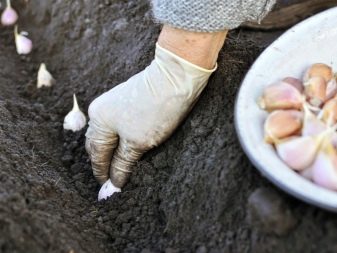

The nuances of care
Then everything goes according to a more or less standard scenario: the garden should be watered regularly, shallowly but systematically loosened, and also carry out standard prevention of diseases and pests. When the garlic is just growing the root system, gaining greens, it must be watered abundantly: about 10 liters of water per square every 5 days. If the soil remains dry even for a day, the bulbs will form one-toothed, that is, the crop will not grow well. But in the second half of the growing season, watering should be done moderately: the same 10 liters per square meter, only once every 10 days, or even once a week. But if it rains at this time, there is no need for such watering. Excessive moisture at the end of the growing season is dangerous due to the development of diseases and the fact that the heads of garlic mate. Therefore, in August, 3 weeks (or a little more) before the expected harvest, watering is stopped altogether. There will be enough natural moisture, that is, rain.
As for feeding, a rough plan is as follows.
- 2.5 weeks after planting, in order to stimulate the aerial part of the garlic, potash and nitrogen compounds are needed - these are urea (1 tablespoon per 10 liters of water), ammonium nitrate (2 tablespoons per 10 liters of water), mullein solution (1 in 10 ), as well as herbal infusions, mineral complexes and humus. And this is a two-time application with an interval of one and a half to two weeks.
- When the bulbs are formed (and this happens when the plant has at least 4 true leaves), the plant needs feeding with superphosphate, potassium salt (15–20 g and 10 g per square), as well as wood ash diluted in water. And this fertilization will have to be repeated after another week and a half.
- To prevent the feather from turning yellow, even before the onset of real heat, you need to have time to spill the plants twice with a solution of ammonia (at the rate of 2 tablespoons per 10 liters of water).
Important! Not at all an option for feeding - fresh manure. If you use it, garlic will be vulnerable to fungal infections, and the bulbs, with a high probability, will not have time to ripen. The garlic will be loose and will not last long. If the summer is cold, the heads may not have time to fully ripen. And then you can do this: in mid-August, collect the garlic leaves in a bunch, tie them in a knot. So they will stop growing, and all the energy will be spent on the ripening process. All recommendations are predictable, logical, and there is nothing daunting in such care.Discipline and work - and winter garlic in the spring will fully reward itself with a good and timely harvest.
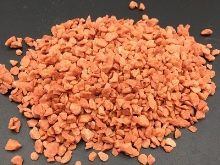

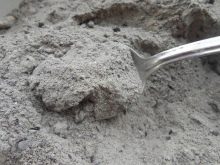













The comment was sent successfully.